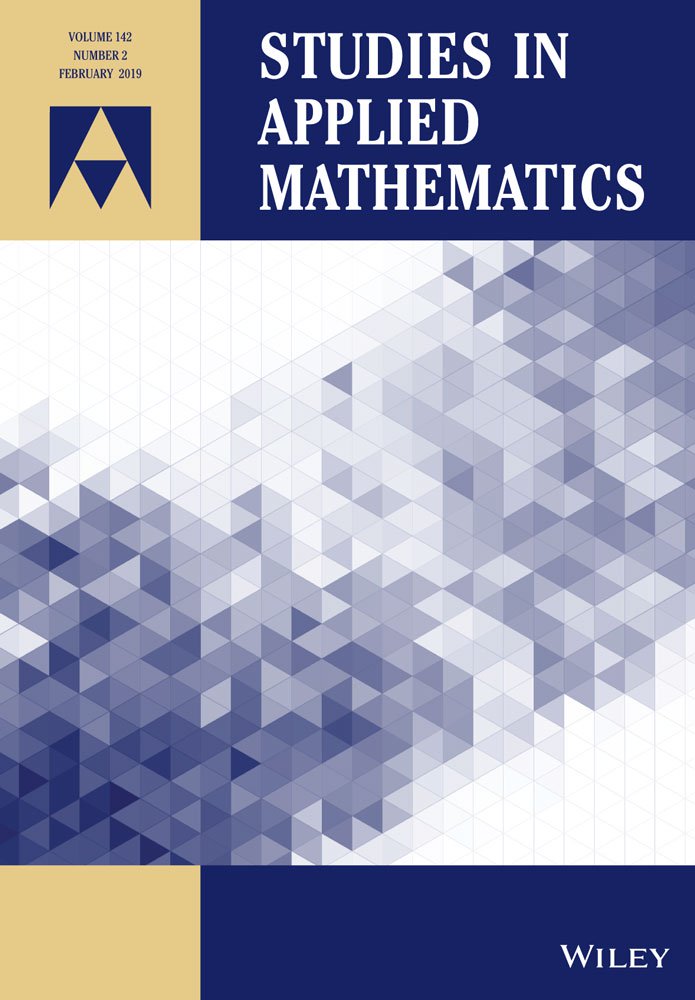The Force Between Moving Charges
Abstract
A theory of the force between moving charges, originally treated by Gauss and Weber, is developed. It involves a variant charge and an invariant mass, and is hence contrary to restricted relativity. It leads correctly to all our laws for electric circuits without the agency of a magnetic field. Some of the immediate objections to this scheme of attack are treated. It is considered in the light of the Kaufmann‐Bucherer results. Applied to atomistics it gives the same results as were obtained by Sommerfeld for fine structure by the use of restricted relativity. It gives, for an electron revolving about a nucleus, a critical diameter within which the electron may become imprisoned, and this diameter is computed to be of the order of magnitude believed experimentally to be the diameter of the atomic nucleus.




